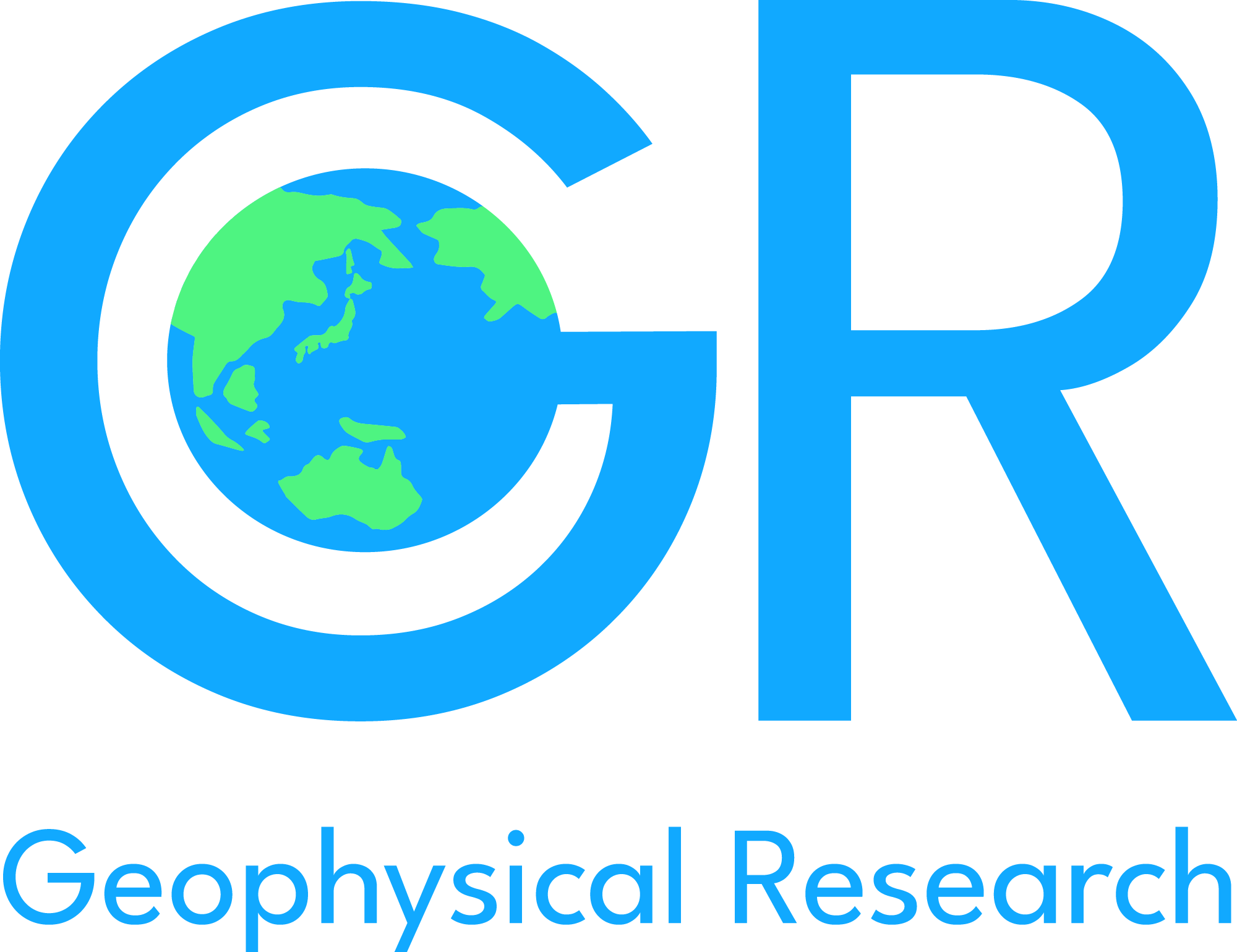Bridging the Gap Between Applied Meteorology and Climate Science: A White Roof Example
Abstract
White roof is a widely-studied urban heat mitigation strategy and frequently incorporated into climate adaptation plans by cities. Assessing the effects of white roofs on temperature has often been approached from the perspective of applied meteorology. Here, the white roof problem is reframed to a climate science problem by focusing on the roof surface temperature, incorporating concepts of climate forcing, sensitivity, and feedback, and utilizing a linearized surface energy balance (SEB) model. Different from the Albedo Cooling Effectiveness (ACE) index used for quantifying white roof effects, a new index called Albedo Cooling Sensitivity (ACSₛ, where the subscript 's' indicates surface) is proposed as a stepping stone towards understanding white roof effects. The variability of ACSₛ simulated by the Weather Research and Forecasting (WRF) model is found to be strongly related to the variability of convective heat transfer efficiency. It is recommended that climate forcing, sensitivity, and feedback be systematically integrated into the analysis of diverse urban adaptation strategies.
Keywords: Urban Heat Mitigation, White Roof, Albedo Cooling Effectiveness, Albedo Cooling Sensitivity
How to Cite:
Li, D., (2025) “Bridging the Gap Between Applied Meteorology and Climate Science: A White Roof Example”, ARC Geophysical Research (1), 5. doi: https://doi.org/10.5149/ARC-GR.1418
Downloads:
Download PDF
View PDF
Funding
- Name
- Name
- U.S. Department of Energy, Office of Science
1245 Views
194 Downloads
